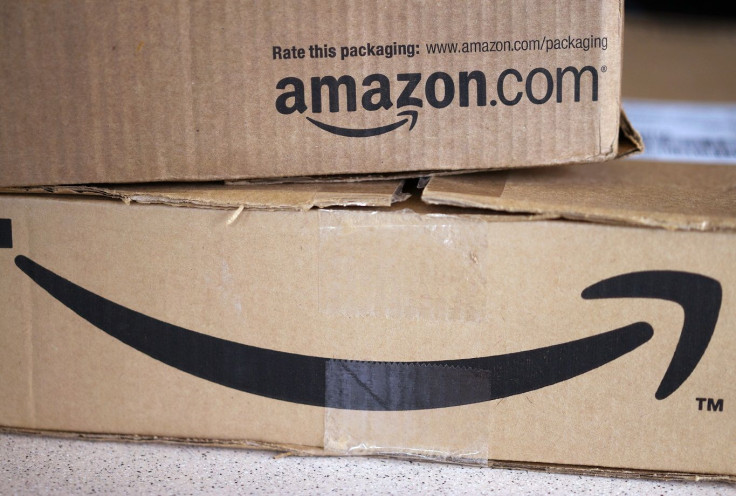Amazon tops online holiday sales with a market share bigger than 6 other retailers combined, says study

Amidst the surging holiday season sale, analysts have taken note of the trends in online market shares earned by leading online retailers. Digital analytics firm comScore (SCOR. NASDAQ) has announced that Amazon (AMZN. NASDAQ) is miles ahead of its competitors in the matter of market share.
The study implies that a comparison between Amazon.com and retail major Walmart (NYSE. WMT) will be a bit out of place at least in the online space as Amazon is attracting more shopper dollars.
Gian Fulgoni, co-founder and chairman emeritus of comScore stated that Amazon has 20 percent market share in the online retailing market. Speaking at CNBC's Squawk Box, the analyst said Amazon's share is much higher than the combined share of six other retailers.
“That is how powerful they are. There's no evidence that things are slowing down for them,” he said. While e-Bay has 10 percent market share, Walmart enjoys only 4 percent share with Target close behind it, the ComScore study observed.
Surging online retail
Regarding the 2015 holiday season, the analyst predicted a 14 percent surge in e-commerce with transaction touching US$70 billion (AU$96.8 billion). Among the devices used for online retailing, Fulgoni’s firm noticed a 50 percent surge in mobile based online retailing accounting for US$11.7 billion (AU$16. 19 billion).
“There's a channel shift from buying in store to online, and then kind of a secondary shift, which is people increasing buying with mobile devices,” he added.
However, for all big ticket purchases requiring lots of research, desktop computers are still the favourites. Online purchases from desktops are predicted to grow 9 percent, Fulgoni noted.
Cyber Monday sales
The comScore also forecast robust sales during Cyber Monday, the first Monday after the Thanksgiving. The business is expected to surpass US$3 billion (AU$4.15 billion), “with roughly half a billion of those dollars coming from mobile devices.”
Noting that e-commerce will account for 15 percent of consumers' discretionary spending, the analyst forecast a mild slowdown for it from the 15 percent growth rate recorded in 2014. But the positive economic outlook bodes well for consumers and retailers, asserted Fulgoni.
“Importantly, there's one additional shopping day between Thanksgiving and Christmas this year, which when coupled with low gas prices means that consumers will have more cash on hand to take advantage of the slightly longer holiday season,” he said.
The Investor’s Business Daily report said these findings will further cheer e-commerce giants eBay and Amazon.com.
For feedback/comments, contact the writer at feedback@ibtimes.com.au or let us know what you think below.






